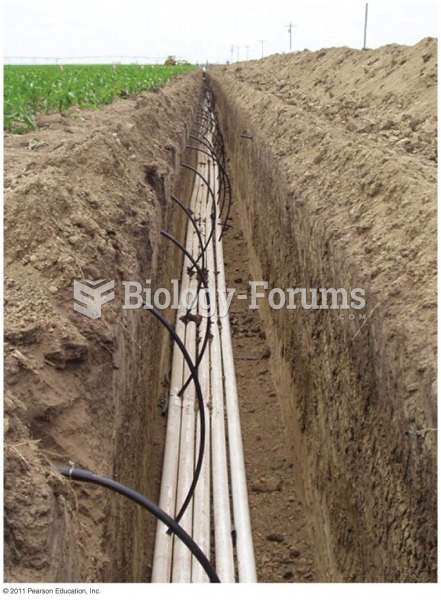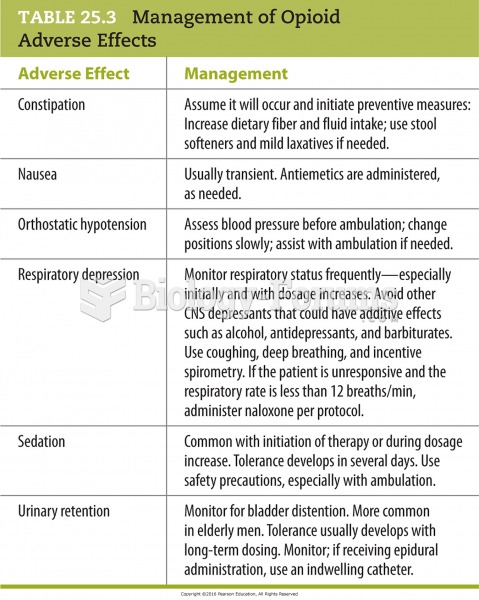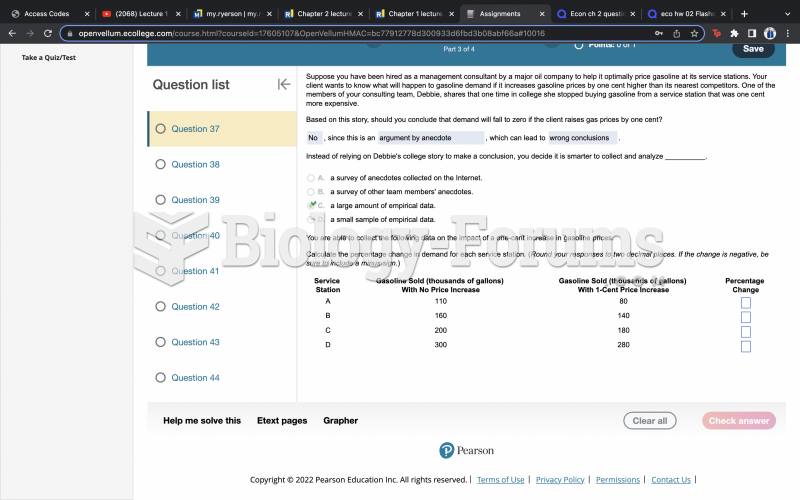Answer to Question 1
Rapid changes in information technologies have revolutionized operations management. The biggest change in machinery and equipment has been the increasing use of automation, which means replacing human operation and control of machinery and equipment with programmed control. Robots, which are reprogrammable machines that can manipulate materials, tools, parts, and specialized devices in order to perform a variety of tasks, are a key example of automation. The development of software applications to allow computer-aided design (CAD), computer-aided engineering (CAE), and computer-aided manufacturing (CAM) have given firms the flexibility to design, test, and produce goods more quickly and efficiently than ever before. When these powerful software applications are integrated with robots and other automated equipment, the result is called computer-integrated manufacturing (CIM). This tight integration allows firms to custom-produce goods at low cost, a process called mass customization.
Answer to Question 2
A servicescape is the environment in which a customer and a service provider interact. Organizations need to consider the design of a service facility and how it will affect the customer experience. A servicescape design should have a positive impact on customers.
The design of a servicescape centers on three types of factors: ambience; functionality; and signs, symbols, and artifacts.
Ambience refers to factors such as decor, background music, lighting, noise levels, and even scents.
Functionality involves how easy it is for customers to move through a facility and find what they are looking for.
Signs, symbols, and artifacts convey information to customers and create impressions. They can include the display of diplomas, professional certifications and awards that communicate qualifications and accomplishments of service providers to their clients.







